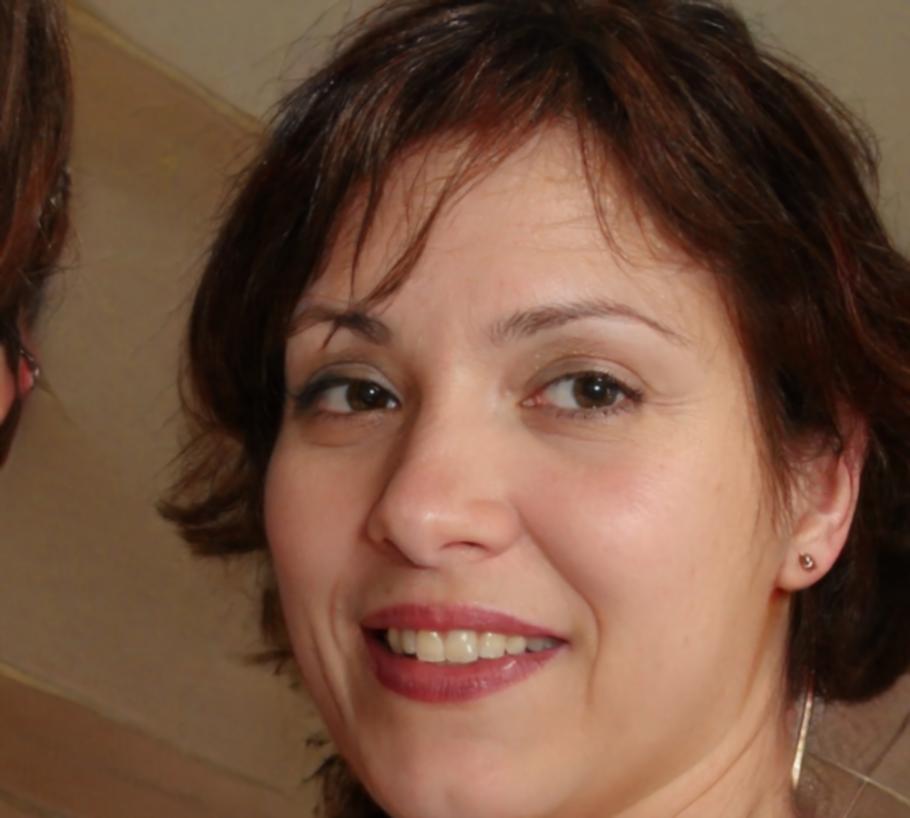Building Stronger Learning Communities Together
We've spent years understanding how financial education works best when multiple perspectives come together. Our partnership approach isn't about formal arrangements or rigid structures—it's about creating genuine connections that help students see valuation techniques from different angles. Because honestly, that's when the real learning happens.
What Partnership Actually Means Here
Industry Practitioners
We work with analysts who've been through the trenches. Not the theoretical stuff—people who can share what DCF models look like at 2 AM before a presentation. Their stories about valuation mistakes they've made? Students remember those way longer than textbook examples.
Academic Institutions
Universities in Thailand's southern region have become natural collaborators. We're not talking about formal credit arrangements—more like sharing resources, guest lectures, and occasionally comparing notes on what actually works in teaching comparable company analysis.
Professional Networks
Local finance communities have this informal knowledge exchange going. Someone discovers a better way to teach terminal value calculations, word gets around, and suddenly everyone's students benefit. That's the kind of collaborative environment we're trying to nurture.

Real-World Perspective Exchange
Last September, a partner from a Bangkok investment firm spent three sessions with our students. She brought actual pitch books (confidential info redacted, obviously) and walked through how their team valued a regional energy company. Students saw the messy parts—the assumptions that didn't hold, the model versions that got scrapped.
That's the stuff textbooks skip. And it's exactly what makes learning stick. We've been building these kinds of collaborations since 2023, and the feedback keeps pushing us to expand them further into 2025.

Shared Learning Resources
Resource sharing sounds corporate, but it's pretty straightforward in practice. A partner organization has an amazing case study on precedent transaction analysis? We use it (with permission). We develop a new framework for teaching multiples? We share it back.
There's no formal licensing or complicated agreements. Just professionals who care about education helping each other out. By mid-2025, we're hoping to have a small library of these shared materials that anyone in our network can access.

Ongoing Knowledge Development
Markets change. Valuation approaches evolve. What worked for teaching leveraged buyout analysis in 2024 might need adjustment by 2026. Our partner relationships help us stay current—not through formal curriculum committees, but through regular conversations about what students are struggling with and what's changing in practice.
Sometimes a partner mentions a valuation challenge their junior analysts keep facing, and we realize we need to adjust how we're teaching that concept. That feedback loop has been incredibly valuable.
Partner Perspectives

Marcus Harding
Senior Equity Analyst, Regional Firm
I've guest-lectured at a few places, but this collaboration feels different. They actually want to hear about the parts of valuation work that don't go smoothly. Students ask better questions when they understand that even experienced analysts sometimes debate whether to use WACC or adjusted present value for a particular company.

Siriporn Nattapong
Associate Professor, Finance Department
We've referred several of our graduate students to their programs because they bridge that gap between academic theory and market practice really well. The collaborative approach means students get exposure to valuation thinking from multiple angles, which strengthens their analytical abilities considerably.
Ways to Collaborate
Guest Contributions
Share your practical experience through occasional sessions or case study development. No long-term commitment required—just bring your real-world perspective when it works with your schedule.
Resource Exchange
Mutual sharing of teaching materials, case studies, and practical frameworks. Both sides benefit from fresh perspectives and complementary expertise in financial analysis education.
Ongoing Collaboration
Regular involvement in program development and student mentorship. For organizations that see value in sustained educational partnerships and want to help shape how valuation analysis is taught.